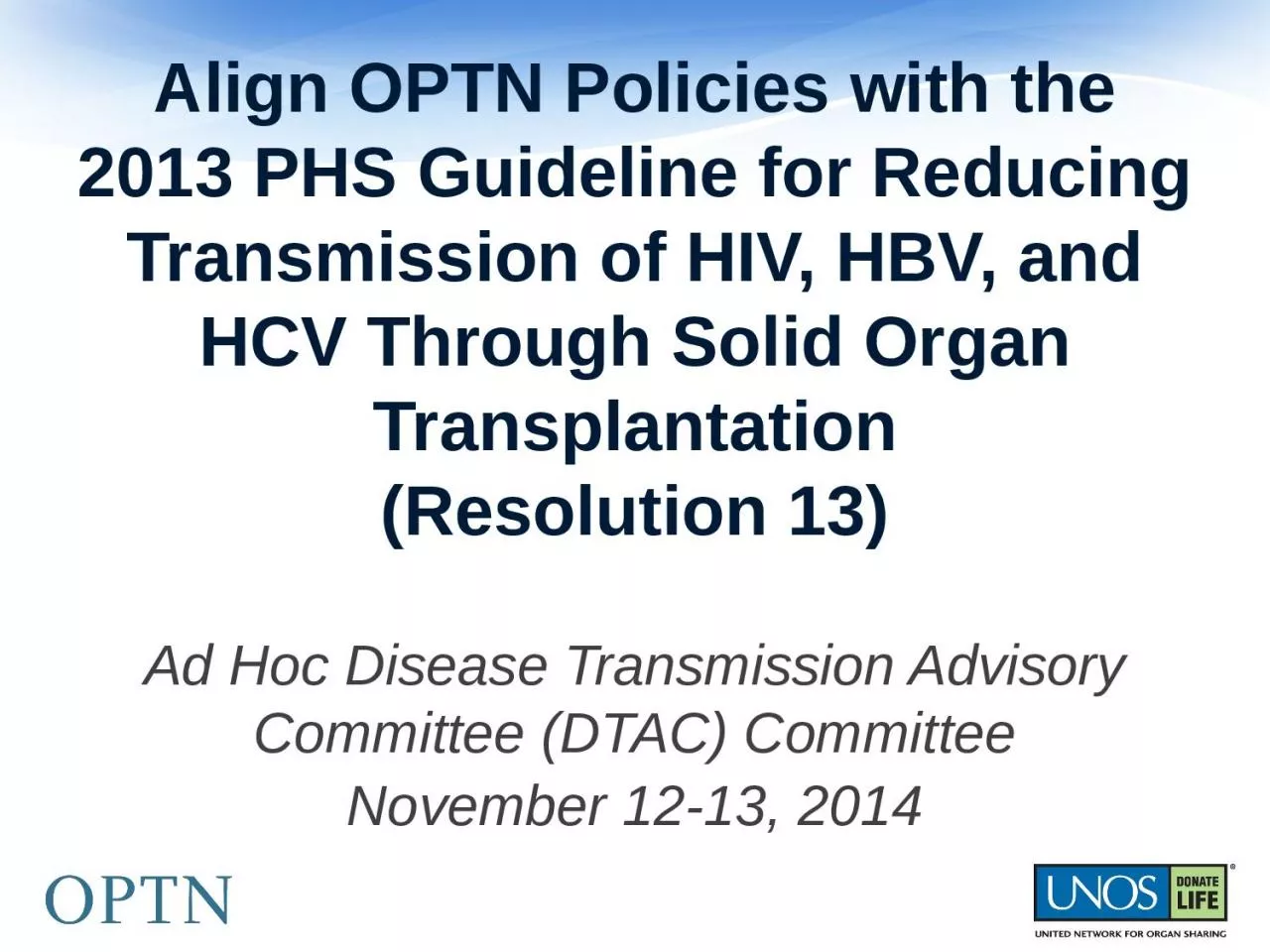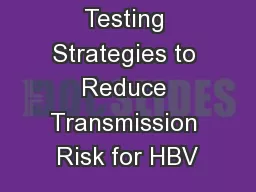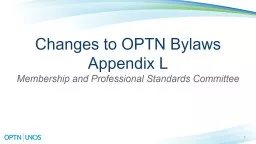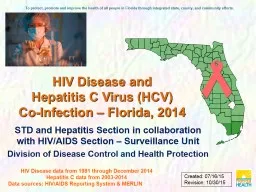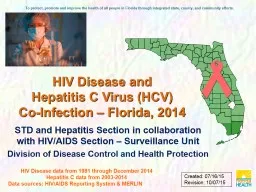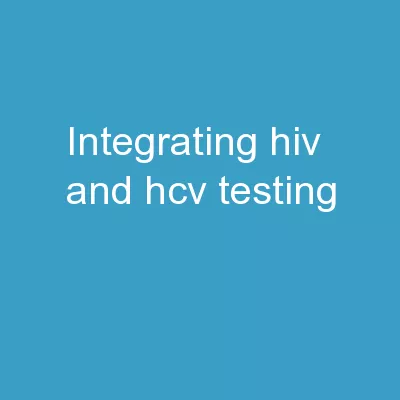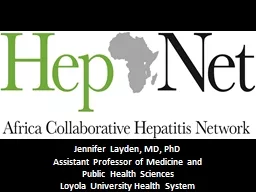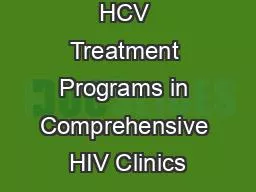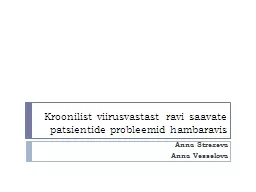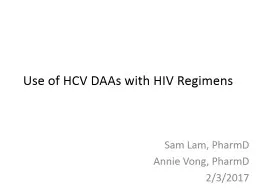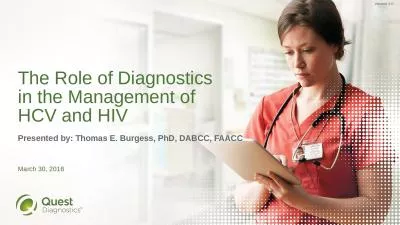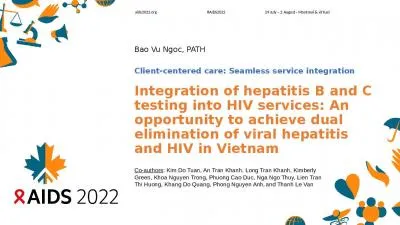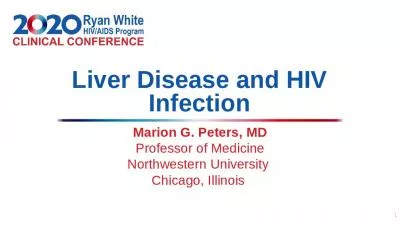PPT-Align OPTN Policies with the 2013 PHS Guideline for Reducing Transmission of HIV, HBV,
Author : SoulfulDreamer | Published Date : 2022-08-01
Resolution 13 Ad Hoc Disease Transmission Advisory Committee DTAC Committee November 1213 2014 June 2013 US Public Health Service released new PHS Guideline that
Presentation Embed Code
Download Presentation
Download Presentation The PPT/PDF document "Align OPTN Policies with the 2013 PHS Gu..." is the property of its rightful owner. Permission is granted to download and print the materials on this website for personal, non-commercial use only, and to display it on your personal computer provided you do not modify the materials and that you retain all copyright notices contained in the materials. By downloading content from our website, you accept the terms of this agreement.
Align OPTN Policies with the 2013 PHS Guideline for Reducing Transmission of HIV, HBV,: Transcript
Download Rules Of Document
"Align OPTN Policies with the 2013 PHS Guideline for Reducing Transmission of HIV, HBV,"The content belongs to its owner. You may download and print it for personal use, without modification, and keep all copyright notices. By downloading, you agree to these terms.
Related Documents

